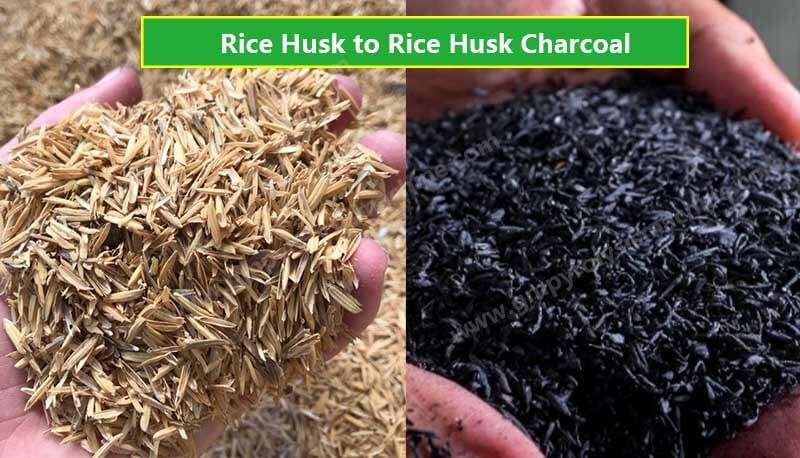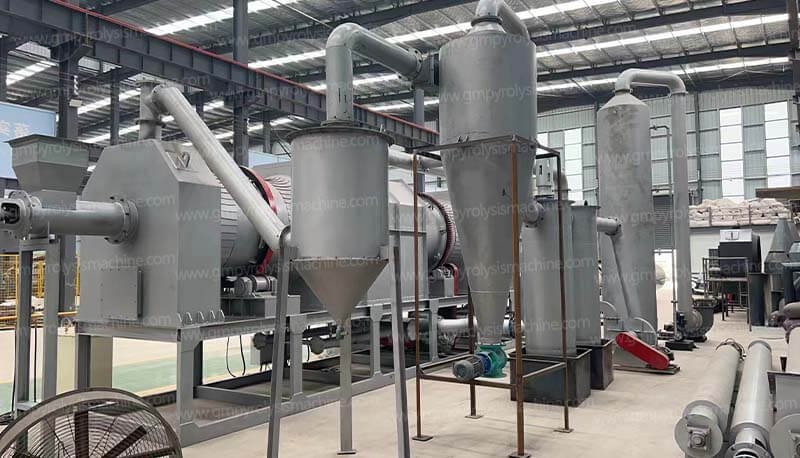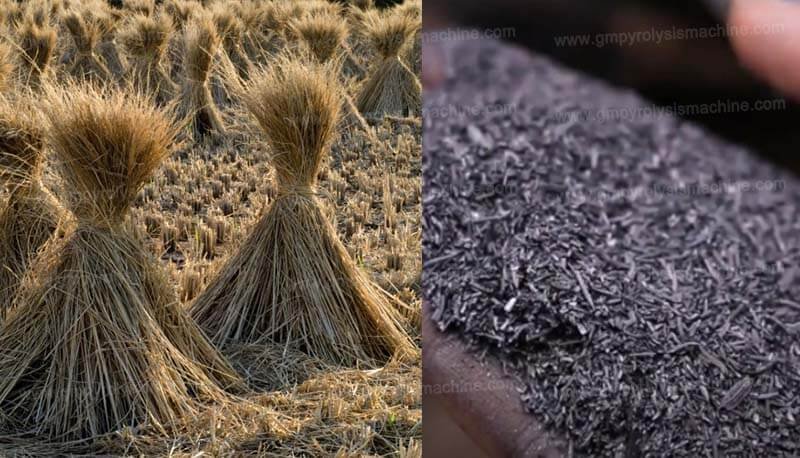The Steps Involved in the Biochar Pyrolysis Process
1. Preparation: Before the pyrolysis begins, the biomass undergoes preparation, which may include drying, chipping, and sorting to ensure uniformity and efficiency in the subsequent steps.
2. Heating: Biomass is placed in a pyrolysis reactor where it is subjected to high temperatures ranging from 300°C to 700°C. It’s crucial to control the temperature and heating rate carefully to optimize the yield and quality of biochar.
3. Decomposition: As the biomass heats up, it decomposes into various components. The absence of oxygen prevents combustion, leading instead to the formation of biochar, alongside syngas and bio-oil.
4. Collection: Once decomposition occurs, the biochar is collected while syngas and bio-oil are captured for energy generation or further processing. Each product of the biochar pyrolysis process has distinct applications and economic values.
Benefits of Understanding the Biochar Pyrolysis Process
Understanding the intricacies of the biochar pyrolysis process can unlock numerous benefits for users. For businesses, investing in technologies that utilize the biochar pyrolysis process offers opportunities for diversifying revenue streams through the sale of biochar and other by-products.
The biochar pyrolysis process represents a beacon of hope for addressing some of the most pressing environmental challenges of our time. By converting waste materials into valuable resources, it offers a sustainable solution that promotes ecological health and economic growth.






